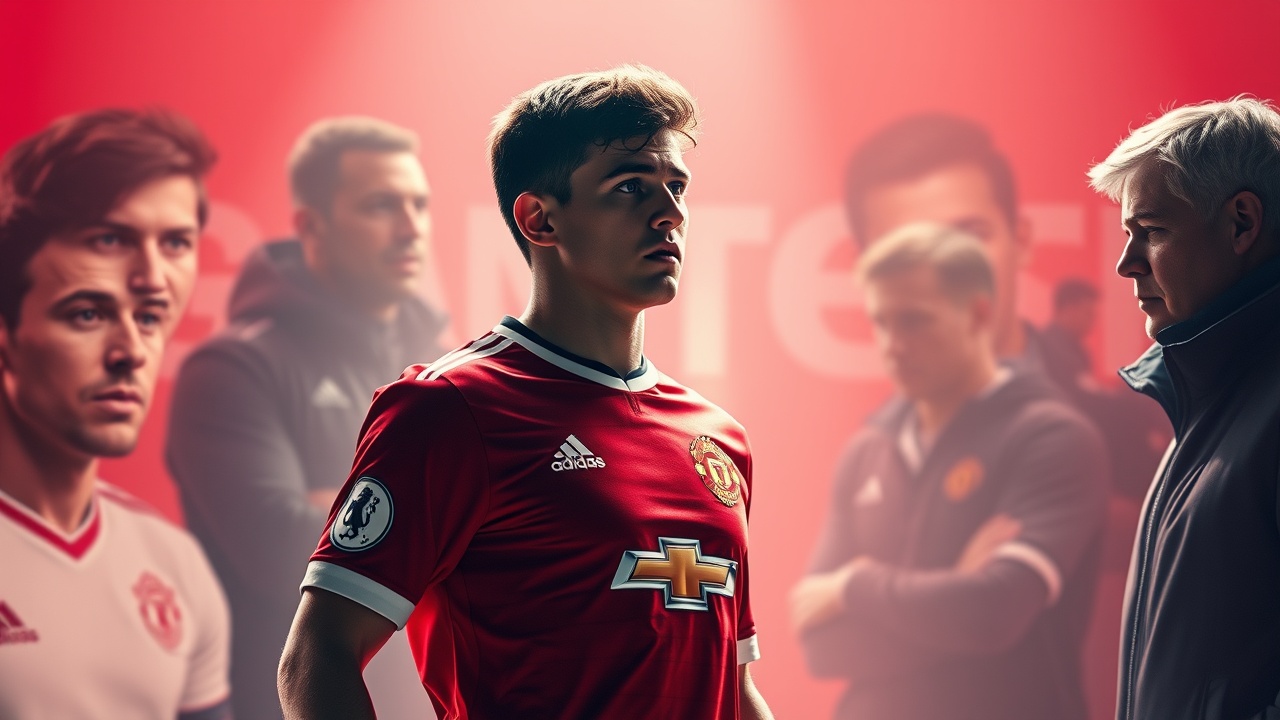Manchester United’s Transfer Season Overview
At Manchester United, fan chants often remind the team that they are “never ignored,” a sentiment that seems particularly relevant this transfer season. Despite enduring their poorest domestic performance in 50 years, resulting in no European competitions for the upcoming campaign and significant staff reductions, the club is far from quiet on the transfer front.
Recent Player Acquisitions
So far, the Red Devils have added just two players: Matheus Cunha and Bryan Mbeumo, who together have cost an astonishing £127.5 million ($169.5 million). However, even with minimal player sales, the Manchester club has consistently found themselves at the center of high-profile transfer discussions, highlighting their status as a major player in global football, at least financially.
Focus on Benjamin Sesko
Currently, Manchester United is focused on acquiring Slovenian striker Benjamin Sesko from RB Leipzig. Reports indicate that the club considers him a priority signing, with a bid of €75 million plus an additional €10 million in bonuses recently submitted, following Newcastle’s improved offer. The belief is that Sesko has a preference to join United, further intensifying their interest.
Financial Considerations
Questions arise regarding how Manchester United can afford to spend substantially amidst claims of financial restrictions. Surprisingly, they are engaging in significant financial commitments this summer while no players have been sold for fees—Marcus Rashford’s potential loan to Barcelona includes a purchase option, but that remains unfulfilled. The key factor is that the club’s existing financial structure allows them to operate despite previous difficulties.
This significant spending has a history, with last season witnessing a record outlay of £343.5 million on player acquisitions, making it the club’s largest single-season expenditure to date. Over the last three years, the club has consistently disbursed more than £200 million annually on new players, but with a low return on player sales, like last year’s £66.3 million—a markedly high figure for the past decade.
Current Financial Landscape
The current financial landscape reflects pressures from profitability and sustainability regulations, but United’s financial position may not be as dire as previously estimated. New insights indicate a potential loss of around £141 million for 2024-2025 that would not contravene financial regulations, supported by increased commercial revenues and a decline in wage expenses. Nonetheless, with no European broadcasting income expected this season, maintaining high spending will complicate their financial situation, particularly as the amortization of player contracts approaches £200 million a year.
Cost Management and Future Prospects
Factors also seem to favor cost management. Although they haven’t sealed any large sales, United calculated significant savings from recent staffing layoffs and are expected to show improved adjusted earnings before interest, taxes, depreciation, and amortization (EBITDA) for 2024-2025 compared to the prior year. Despite these challenges, opportunities remain for the club to enhance cash flow, including potential sales of Alejandro Garnacho and Antony, whose departures would alleviate some of the current transfer debts.
Rumors surrounding Rasmus Hojlund also persist; with a new striker possibly joining, his exit could provide Manchester United necessary funds, even if it entails a financial loss. As such, the club must continue navigating a complicated landscape of transfers, player sales, and financial constraints while retaining the potential for significant investment in talent for the season ahead.




